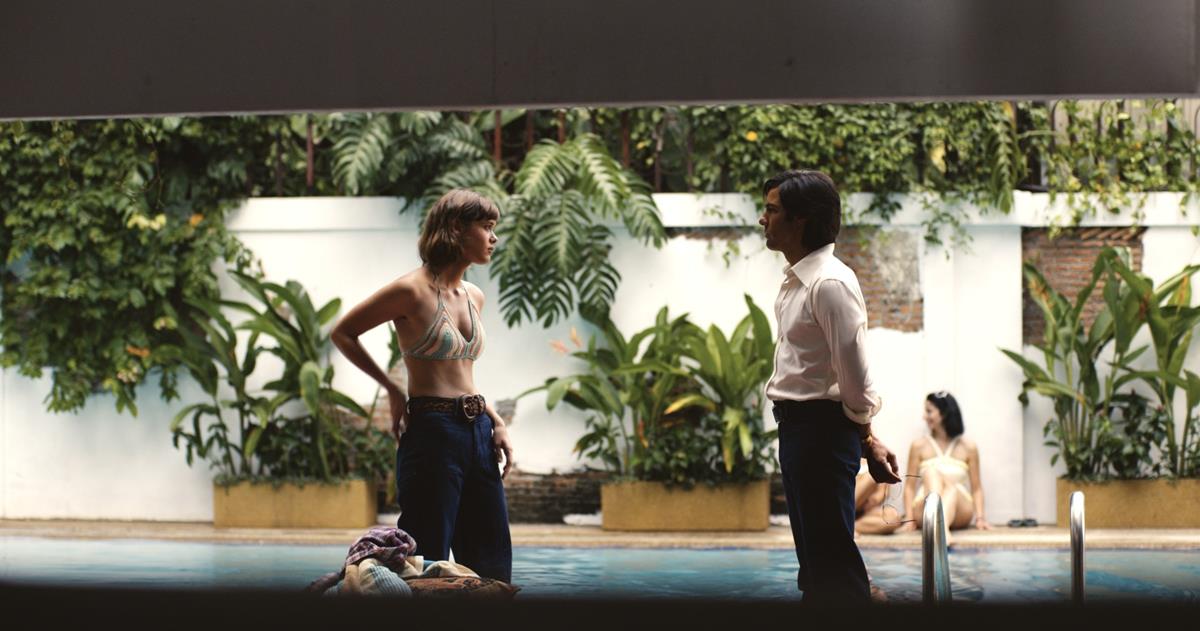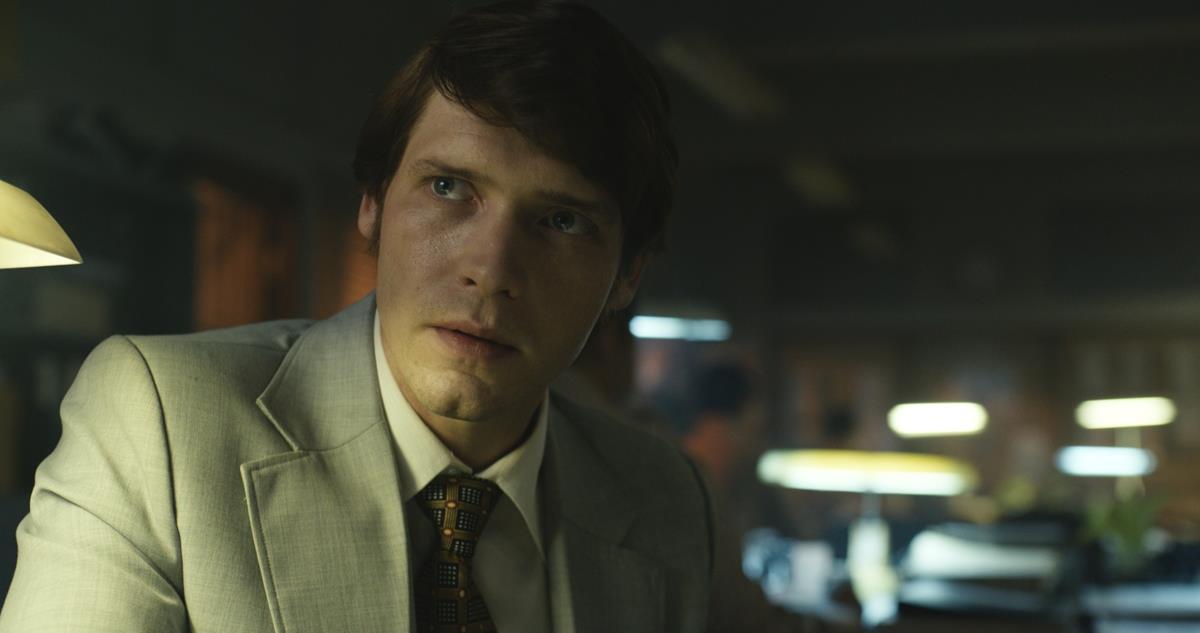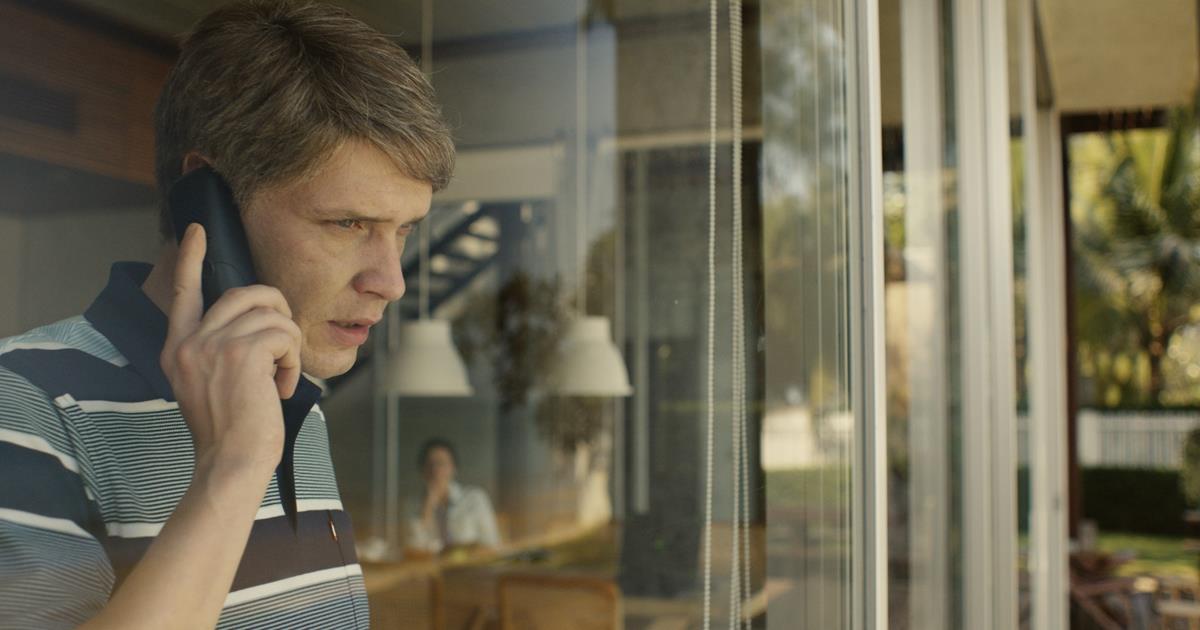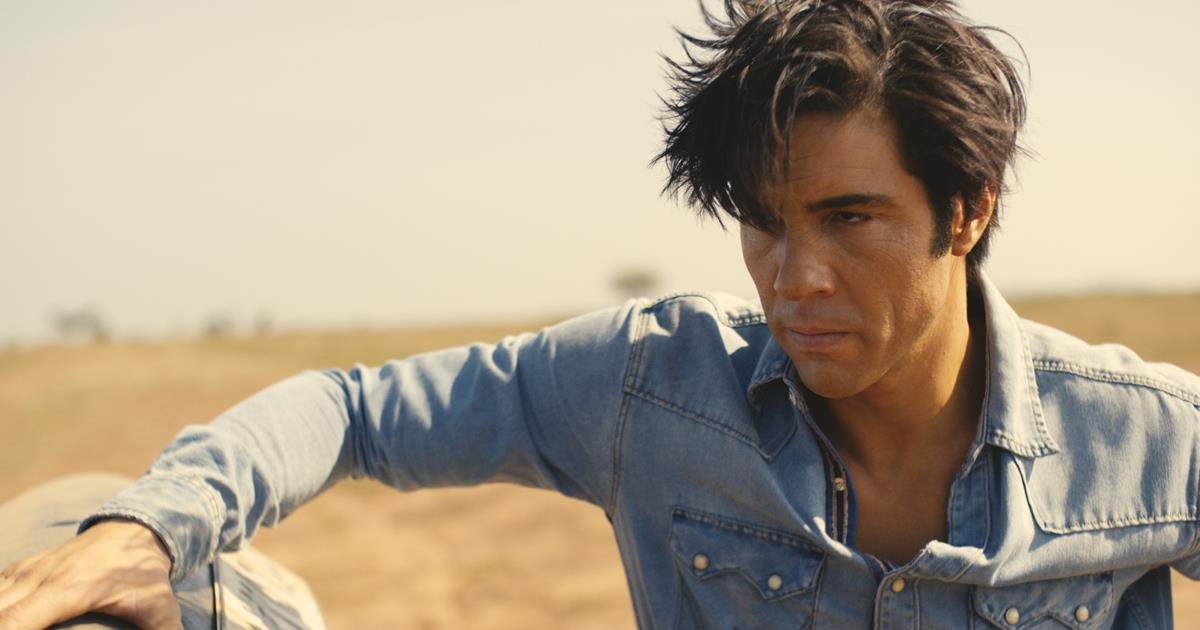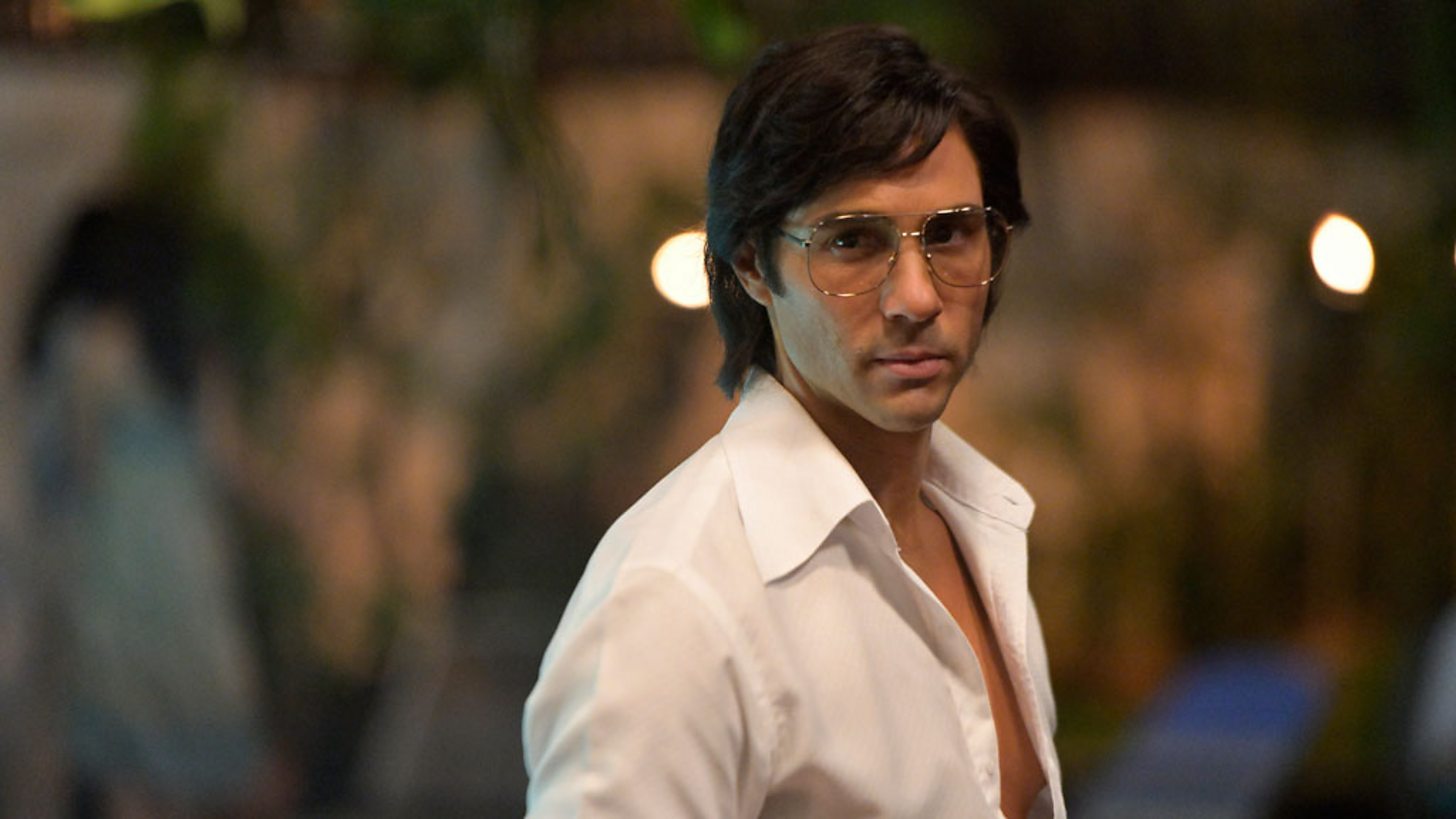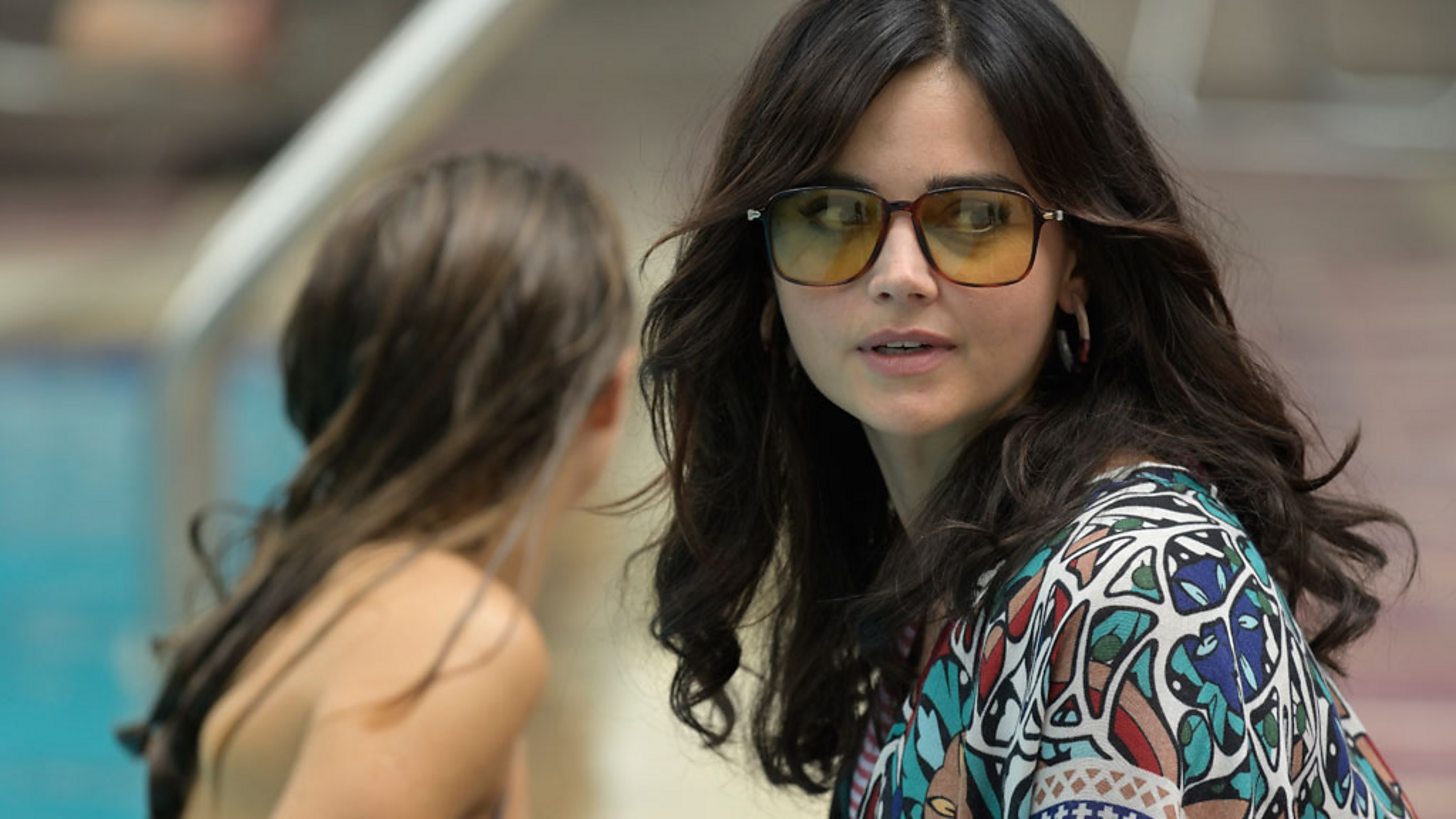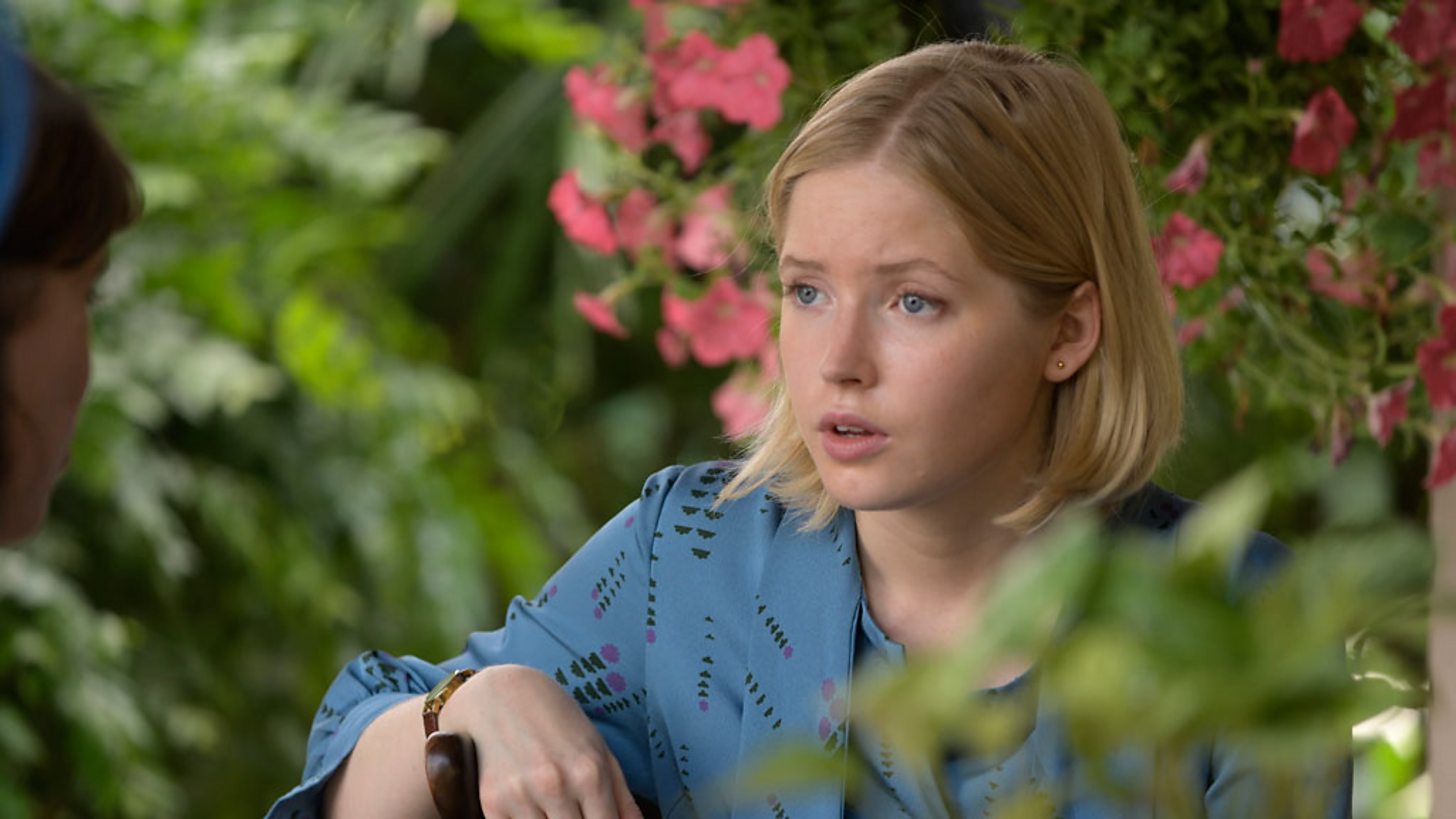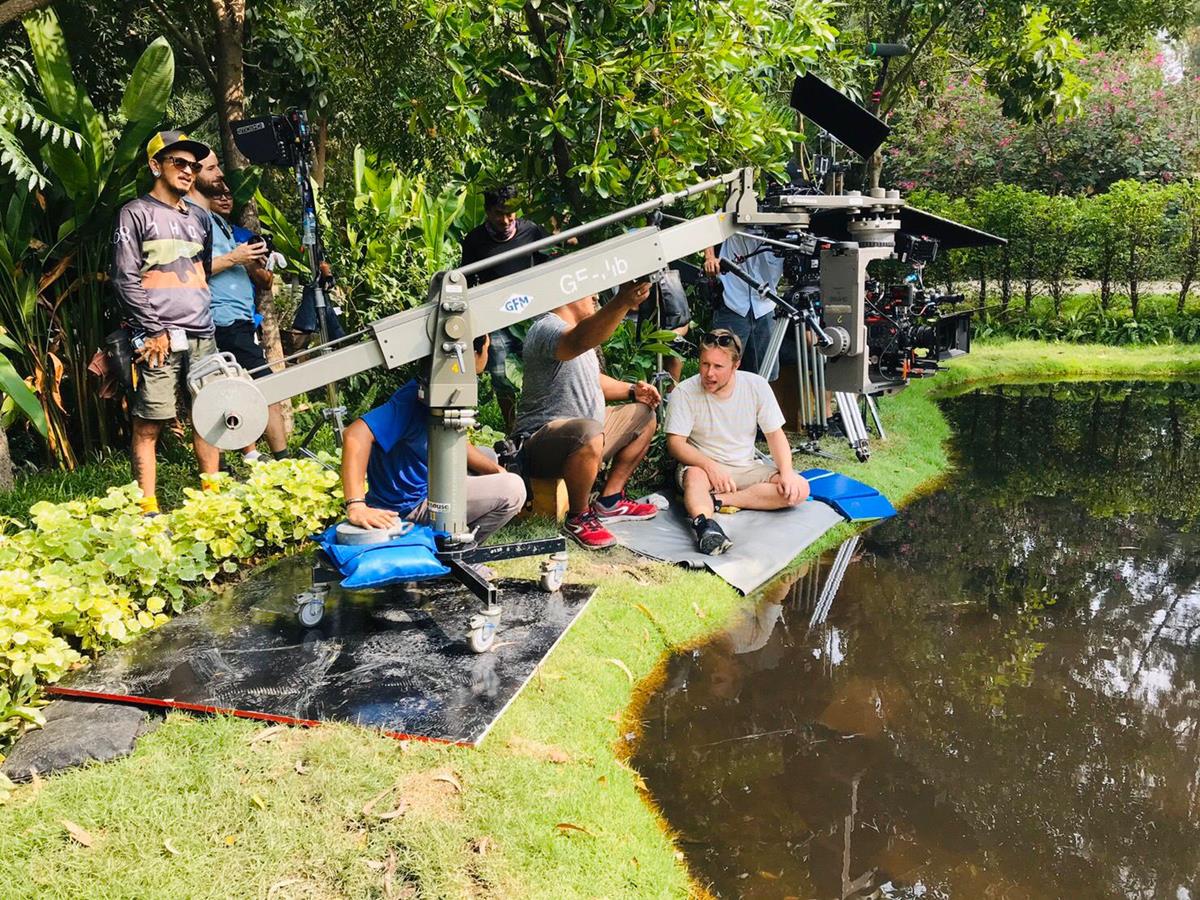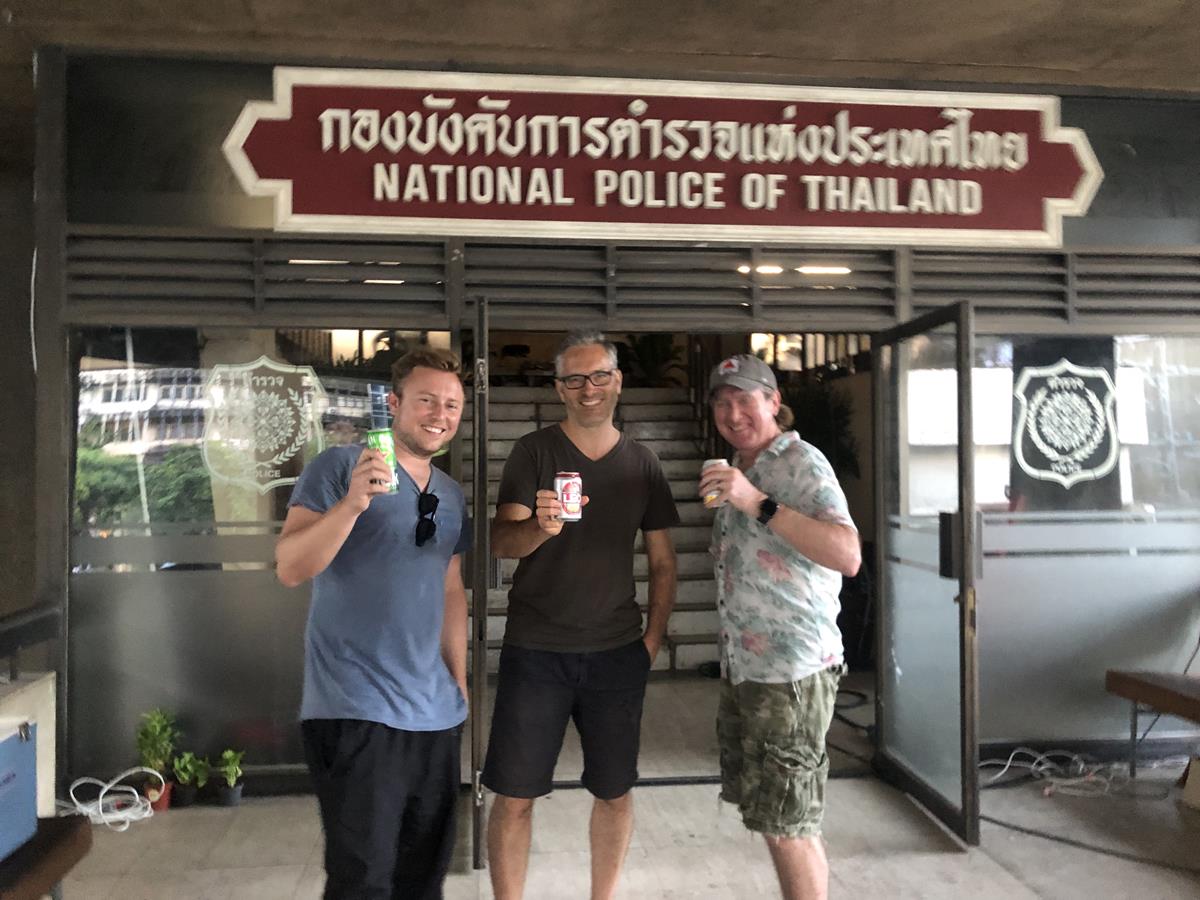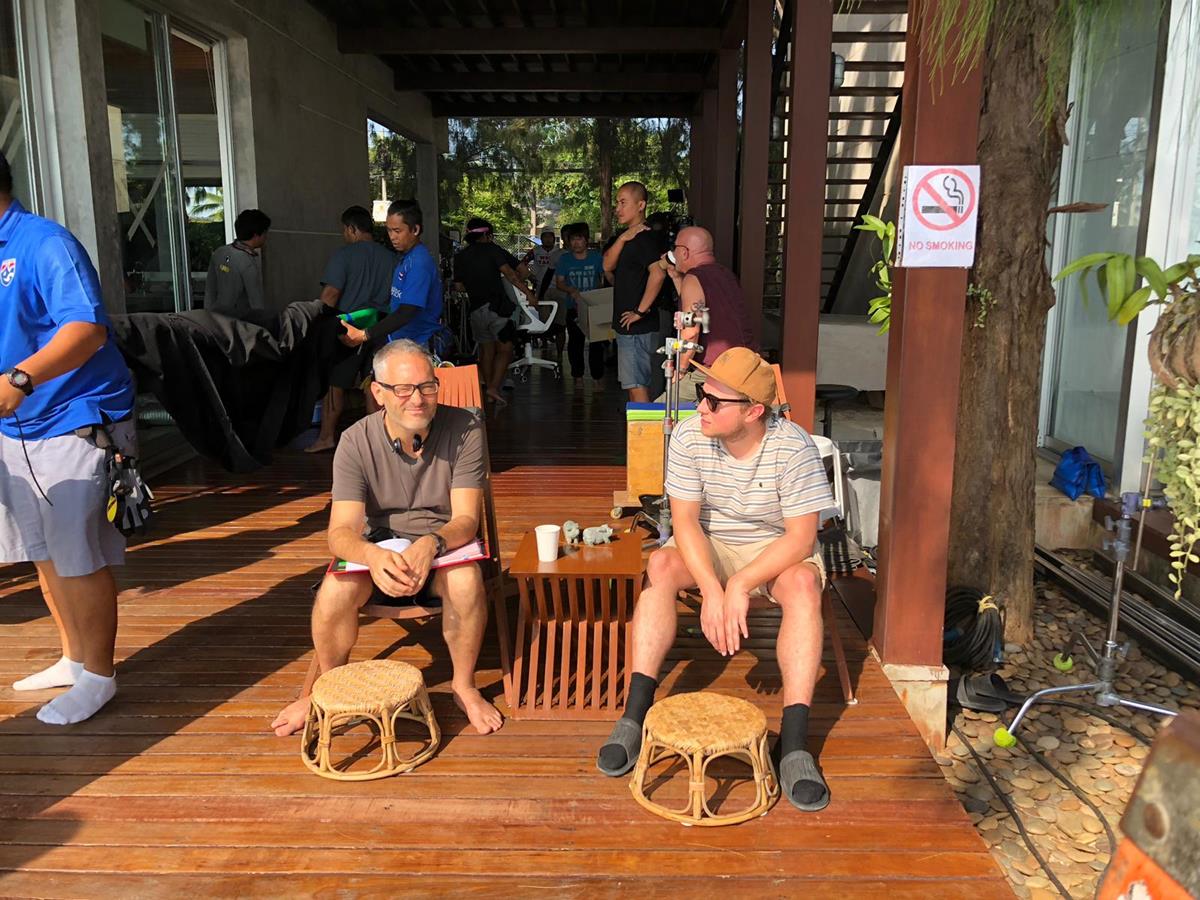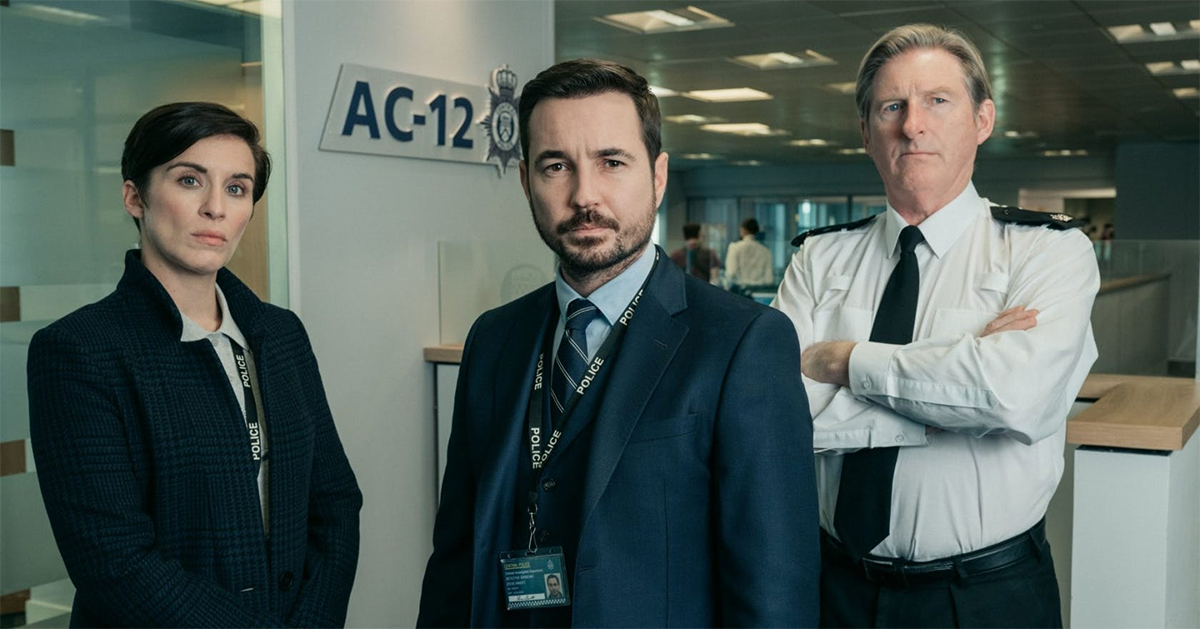The story of serial killer Charles Sobrahj has always been a cautionary one for travelers, especially Europeans and Americans who travel to the far East and mainly to places of spiritual significance like Kathmandu — the pilgrimage damningly known in the 1970s as the “hippie trail.” Even if you didn’t know his name, Sobrahj’s slaughter of travelers back then gave him boogeyman status that would haunt the minds of worried parents for decades.
For program makers, the story begged to be told. So with the BBC and Netflix backing the international project, and with Mammoth Screen producing the episodic, the process of building the crew began. UK director of photography Si Bell was offered the job of shooting all eight episodes with a mostly Thai crew and grabbed it with both hands, only to run into scheduling problems as the production was delayed in 2018.
Bell describes the “is it on, is it off” nature of the shoot: “I’d just finished Peaky Blinders which was about two years ago when a production designer friend of mine told me about a job called The Serpent, which was about this serial killer called Charles Sobhrahj, and would I want to do it. I started to read up about how insane of a story it was. At the time it was going to be a Netflix-only production with a different lead in place than Tahar [Rahim], who eventually got the main part.

“It was going to be shooting across the world including Thailand, Australia, the USA and the Middle East, which all sounded amazing to me. I met Tom Shankland, the director, and then for whatever reason the production got pushed and didn’t get made when it was meant to be. Also the funding changed and it became a BBC/Netflix production more than just Netflix.”
Bell at that point was still attached to the project and was in the process of prepping it, having met the crew through Skype as they were mostly Thailand-based. But another longer production delay had Bell looking for work, accepting the BBC’s Christmas Carol as a stop-gap. Unfortunately, as a result, Bell missed out on shooting the first four episodes; he would, however, shoot episodes 5, 6, 7 and 8 as he had already done all the prep. Also there would be a different director for these last four, Hans Herbots, whom Bell had clicked with early on.
The show shot from around June 2019 until the first Covid lockdown in 2020, resurfacing again in August 2020 for some UK shoots to double as Paris and India. Bell shot from September 2020 until Christmas the same year. This included a break after Christmas for lead actor Tahar Rahim to shoot The Mauritanian with Jodie Foster.
Because Bell had prepped the show before having to leave it, picking up its aesthetic upon his return wasn’t difficult. “I knew a lot about it and had talked with Tom about it already; it gave me a definite idea of how I wanted to shoot it,” he says. Director of photography Seppe Van Grieken shot the first four episodes with Shankland directing, and was still shooting when Bell went out to Thailand. “As we were prepping they were shooting, and I would go down on the set to see what they were doing and how they were approaching things,” he said.
A New Wide Angle
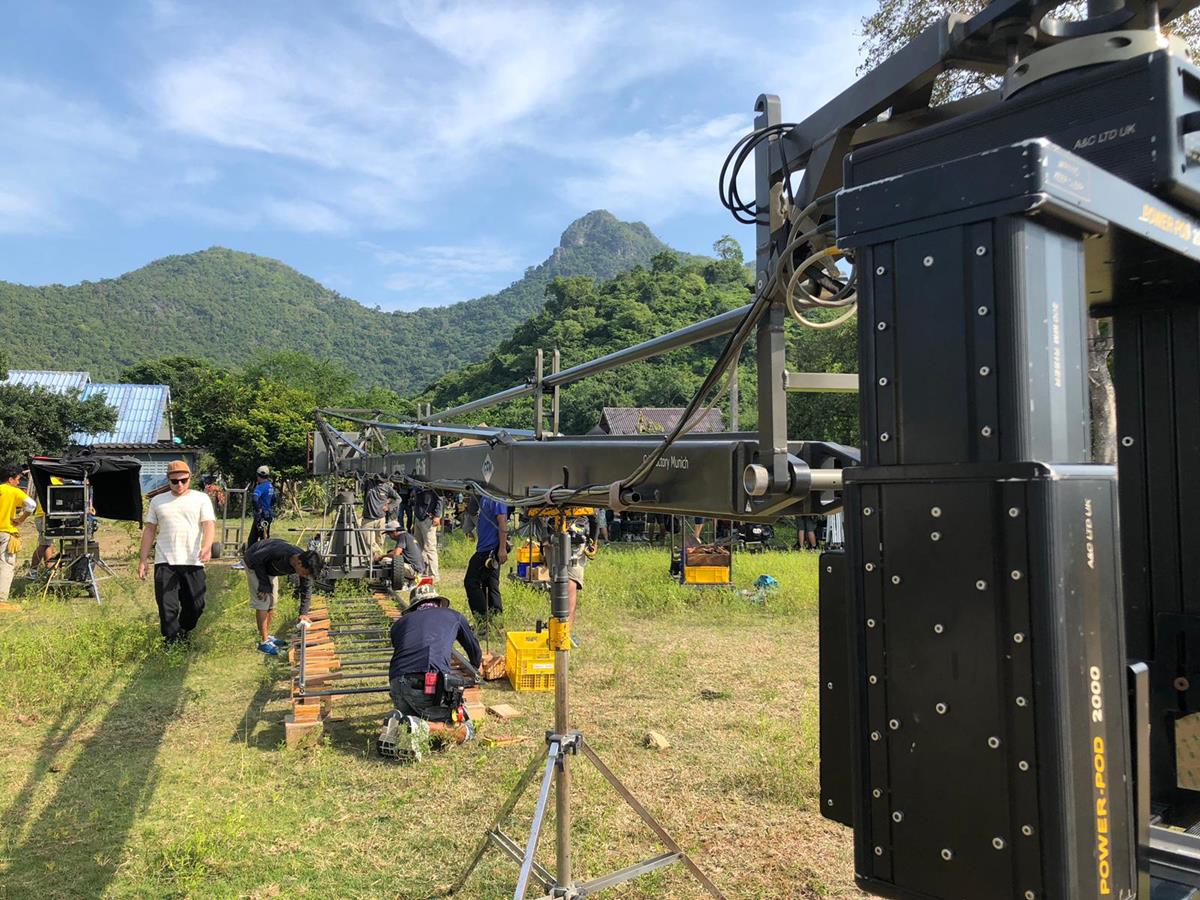
Ideally a change of DP halfway through a show wouldn’t mean changes to the visuals but, with due respect to Seppe, the remaining episodes that Bell shot tighten the whole series up visually and narratively. The change does, however, coincide with diplomat Herman Knippenberg (Billy Howle) slowly getting closer to enabling Sobrahj’s capture, but Bell uses his skills to give the show visual depth with his layered lighting, use of haze, organic framing and new wide angle lenses very close to actors — The Serpent suddenly made much more sense.
“For the first four episodes Tom and Seppe decided to shoot the story on anamorphic with anamorphic zoom adapters but also used Super Speed lenses,” Bell notes. The anamorphic zoom aesthetic was replicating the 70s style and placed you in the decade almost subconsciously.
Once Bell had taken over he stuck to the Super Speeds but went with the Sony Venice camera; the thinking was that Knippenberg was in Sobhrahj’s world a lot more for Bell’s episodes, so the look separation that Anamorphics gave wasn’t needed any more. “It made more sense to merge that style. It was a bit of a gear change in that episode, hopefully it doesn’t jar that much but the grade with Perry Gibbs at The Farm in London matched it all up in post. Perry also developed the 70s look for some of the transition scenes and matched them up to the stock footage from that era.”
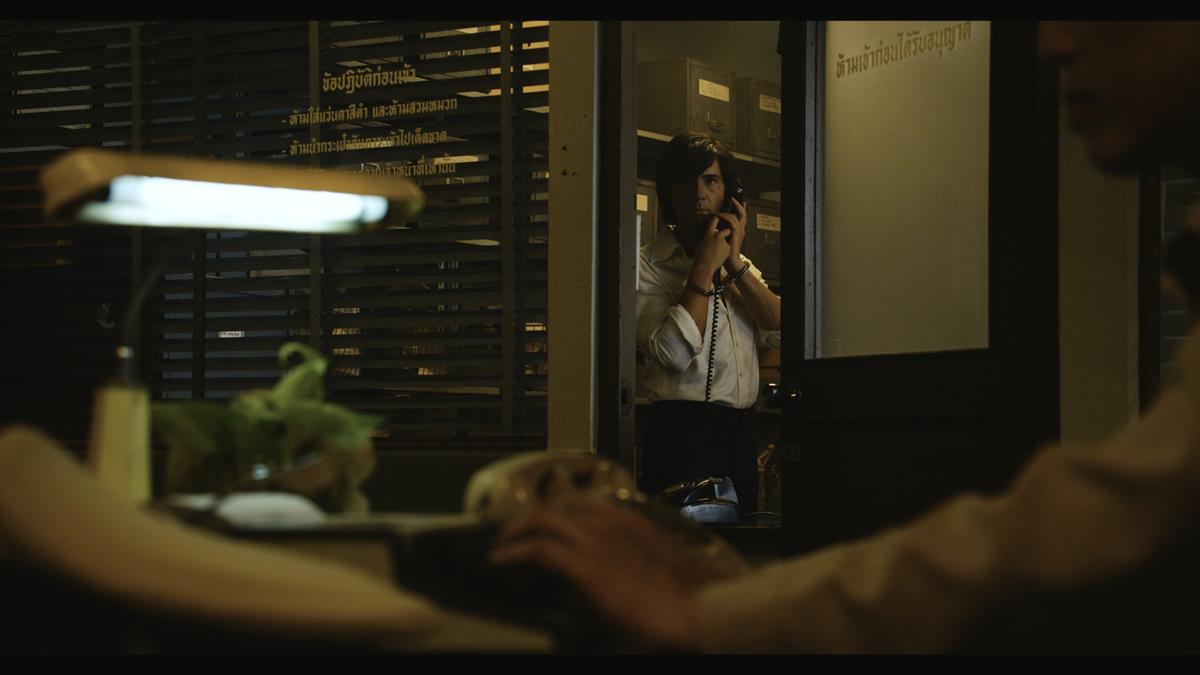
In using the Super Speeds, Bell also managed to soften them up again to match the anamorphic zooms used in the first four episodes; there was also some grain added in post to give a bit more texture. But the zooms were there really to recreate that 70s language, bolstering the superb production design from François-Renaud Labarthe.
In Bell’s hands, Herman Knippenburg became the protagonist in the story, bolstered by his framing and wide angles. “We started to get a lot closer to him,” Bell relates. “What we thought was that in the first four episodes you are observing Charles from afar, and for our episodes, when Herman starts closing in on Charles, we felt that we wanted to get in to his headspace so more close-ups. We were really close to him physically with the wide lenses — something we didn’t do with Charles. We wanted to feel we were with Herman, experiencing his emotions.”
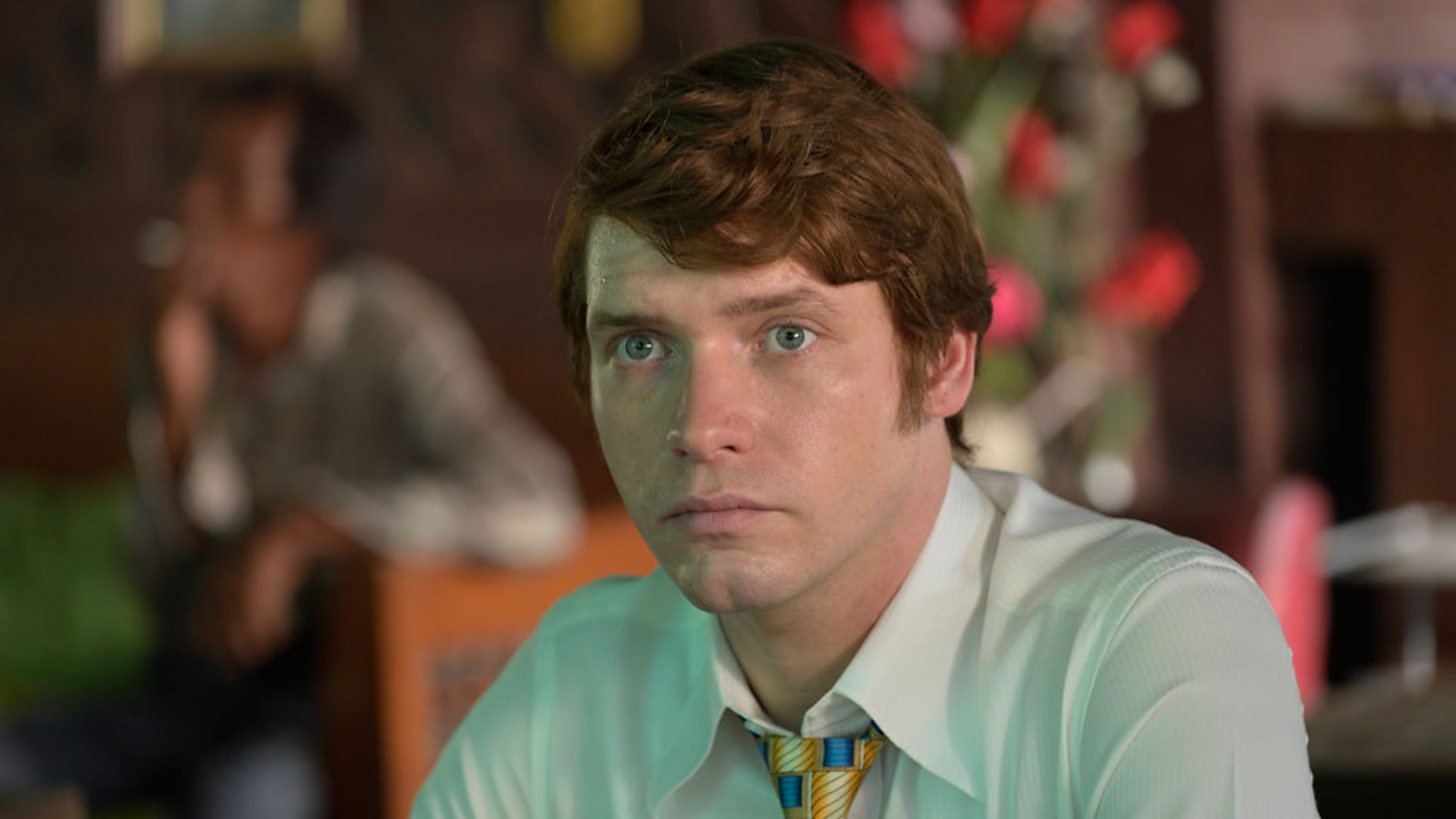
Bell’s time with Billy Howle, the actor who played Herman, mostly happened because the other block was still shooting the first four episodes primarily with the Charles Sobrahj character. In fact, they nearly shot-out the majority of Herman’s part without shooting anything else, “In a way it was really good as we were just concentrating on Billy’s storyline,” says Bell. “That really helped in the way we shot it and really helped him in terms of his performance. We tried to keep the shooting more organic for him with the way the camera moved and his blocking. It was great to see him really push himself as the character when the cracks start appearing as his case started falling apart.”
Local Heroes
Being an international production shooting mostly in Thailand, Bell was reliant on a local crew to help him out, and he couldn’t have been more impressed by them. “The majority of the shooting was in Bangkok, with a few moves up and down the country in places like Hua Hin in the south and mountains to the north. It was a relatively good-sized crew with an amazing lighting team who were very fast. The grips were also so quick in rigging cranes, in fact anything really that you wanted to do. It was done faster than I’d ever seen; for instance, if you wanted to put silks up in the trees and block the sun they’d have people climbing up palm trees, throwing ropes across buildings. It was great to see. We didn’t really have any big movement items like Technocranes, but had Jib arms if we wanted to do cranes shots and then it was normal track and dolly and that normal stuff.”
Shooting in Bangkok had its problems, though — the city is huge and the traffic is terrible. The answer was to find a location that could be used for different set-ups. “It was a multi-purpose space where we had the prison cells, police station, the front of the police station, the Kathmandu airport — François dressed all those scenes in that one place. It was also quite close to Kanit house, so we could shoot the real interiors there without travelling too far.”
Bangkok also doubled as India when they had to dress an entire street with hundreds of extras. There was also a street that was dressed as Kathmandu. The logistics were huge, which also meant Tring in England doubling as Paris, and northern Thailand as Afghanistan.
The story of Charles Sobrahj doesn’t paint the Thai authorities in a very good light and the production company was worried that they would run in to problems when organizing the shoot in Thailand. So much so that plans were put forward for filming elsewhere. But they shouldn’t have worried as the feeling was that the country wanted to truth to come out, warts and all.
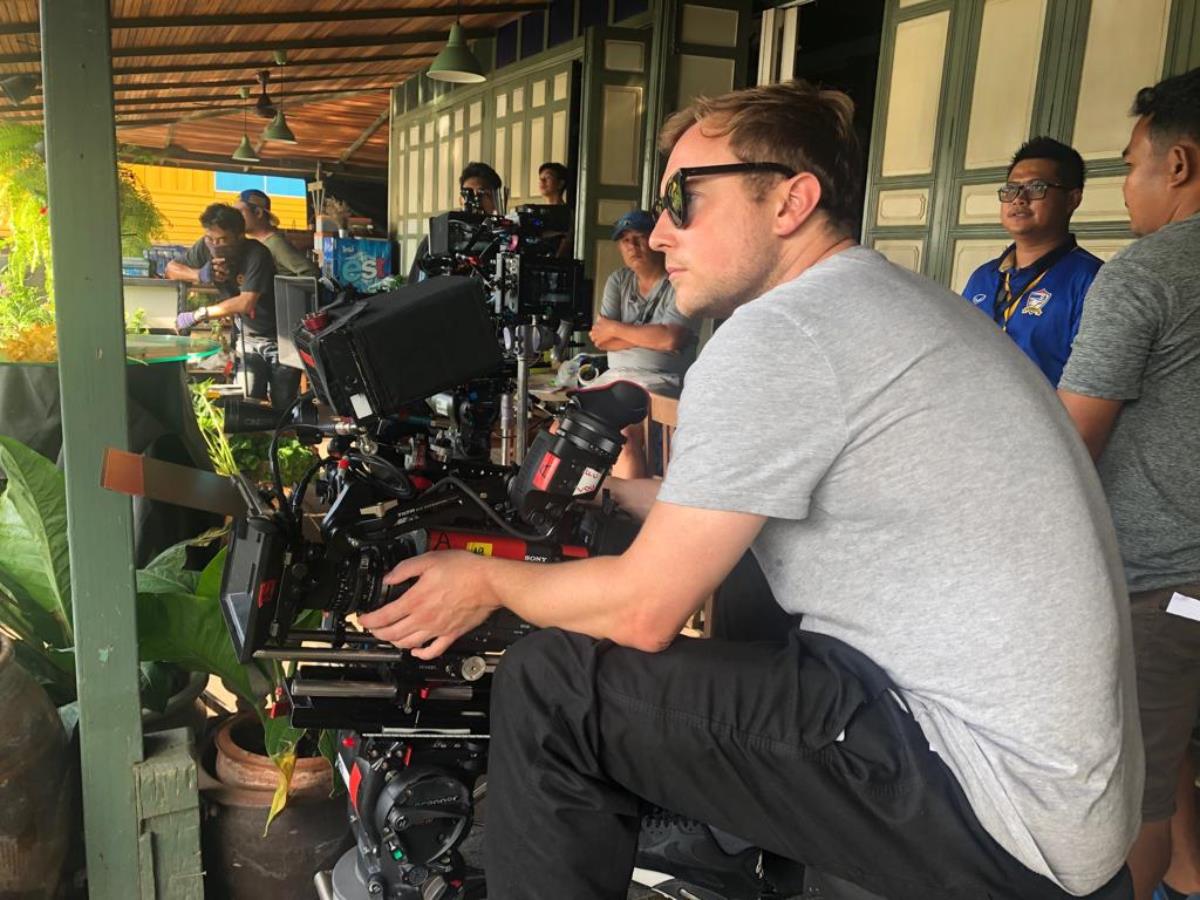
In fact, Bell had a great shooting experience in Thailand, the local crew were a joy to work with; he only brought his focus puller from the UK so everyone else was locally sourced. “It was a real logistical challenge with massive rescheduling issues, with terrible rain, but mainly for the first four episodes. They also had the really hot weather, too, which was hitting around 40˚C for some days. We were very lucky as the weather cleared for us with cooler temperatures. It was a great experience.”
The Serpent is currently available on BBC’s iPlayer and will launch on Netflix April 4.


